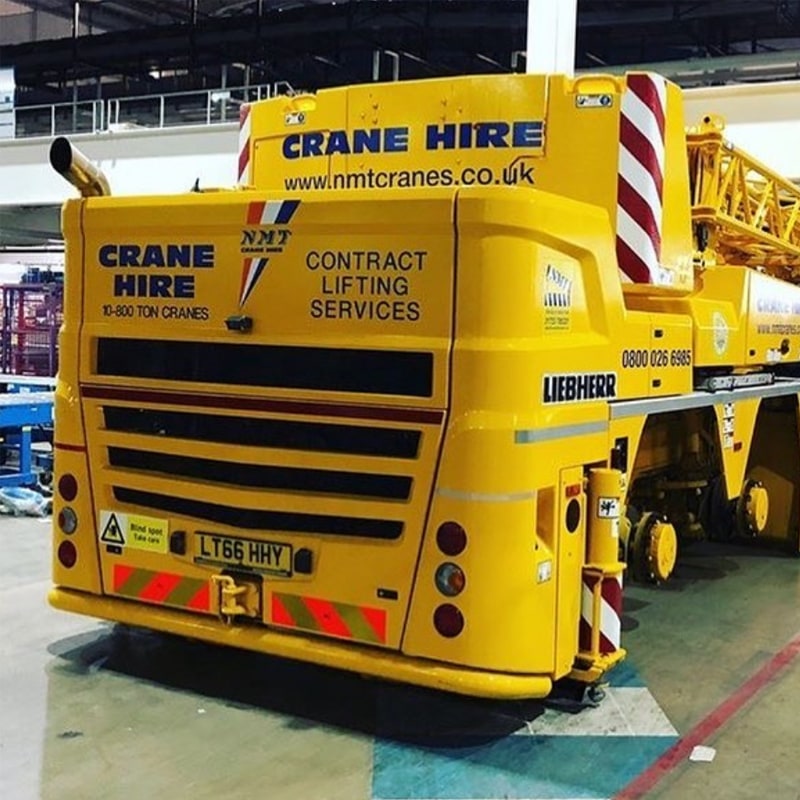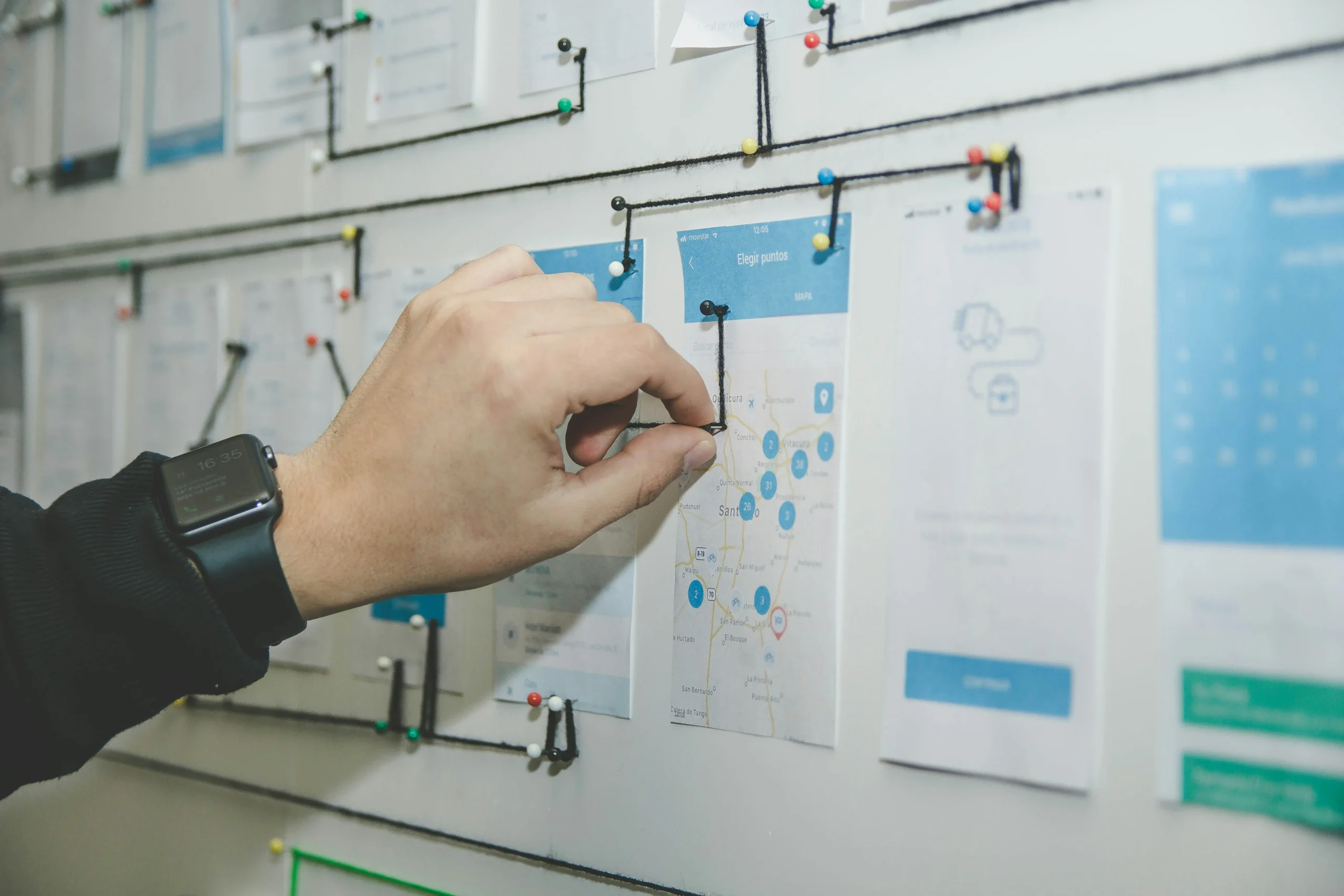Cranes are not the same as hiring a photographer for the day. It needs far more planning taking into consideration safety, timing, access, permits. Our team at NMT Crane Hire can help out with an entire range of projects with our main ones including Film & TV and large scale industrial developments. With the help of some crane management you can expect a process that works in your favour the entire time.
Why Is A Plan Necessary
In some work schedules and plans, you can be flexible and adjust times, people and more to suit a better idea. When a crane is involved, it eliminates that freedom. With good preparation up front, you gain much more certainty. You’re ready for inspections, permits and access checks, and you’re in a far better position to handle last-minute changes or cancellations.
Without A Plan You Can Expect The Following
Cranes turning up with nothing ready to lift
The crane and crew are on site, but the load isn’t prepared or the area isn’t cleared, so you’re paying for them to wait.
Crane can’t get in or set up where you’d planned
Parked cars, street furniture, tight corners or weak ground mean the crane can’t reach the agreed position.
Booked crane too small or can’t reach the load
The weight or radius was guessed, so the crane on the day isn’t safe to make the lift.
Lifts cancelled due to missing permits or parking suspensions
Road closures, TM, or bay suspensions haven’t been approved, so the job is stopped before you even start.
Trades and deliveries clashing with the crane’s working area
Other contractors are working or storing materials in the lift zone, forcing everything to be moved at the last minute.
Operator refusing to lift because paperwork isn’t in place
No agreed lift plan, RAMS or Appointed Person means the operator can’t legally or safely go ahead.
Rebooked cranes, extra visits and standing time charges
The lift has to be aborted and rearranged, adding more hire costs, more TM and more disruption to your programme.
What Steps Your Planning Should Include
There are many different procedures and steps you could include to make an efficient plan but sometimes quantity isn’t quality. In an instance where a crane is involved, there may be some that you hadn’t already thought of, here are them:
1. Confirm what you’re lifting and when
Lock in the basics first.
- What are you lifting
- How heavy is it and how big is it
- How many lifts will there be and on which days
This lets the crane team choose the right crane and configuration instead of guessing.
2. Map out access and crane set up
Plan how the crane and the load will get in and out.
- Vehicle routes in and out of site
- Where the crane will stand and slew
- Any tight corners, low bridges or height limits
Photos, videos and simple sketches are really useful here.
3. Arrange a site visit and lift plan
For anything more than a very simple lift, schedule:
- A site visit from the crane company
- A formal lift plan and RAMS
This is where ground conditions, radius, obstacles and safe working areas are nailed down.
4. Build permits and traffic management into your dates
If you are near a road or public space, add time for:
- Road closures or lane closures
- Parking suspensions and access permissions
- Traffic management booking and approvals
These all have lead times, so they need to sit in your programme, not as an afterthought.
5. Coordinate trades and deliveries around the lift
Make sure other activity does not clash with the crane.
- Keep the lift zone clear of scaffolding, roofers and other trades
- Time deliveries so loads arrive ready to be lifted
- Avoid booking other noisy or disruptive works at the same time
The crane should be the focus during the lift window, not fighting for space.
6. Allow for weather and backup dates
Cranes and high winds do not mix.
- Identify critical lifts that may need a backup day
- Keep some flexibility in your programme for weather delays
- Agree how and when decisions will be made
This keeps everyone calm if the forecast changes.
7. Confirm who is in charge on the day
Finally, be clear about roles.
- Who is the main contact for the crane crew
- Who is the Appointed Person if it is a contract lift
- Who can make decisions if something changes
Good communication means fewer surprises once the crane is on the clock.

Contact Us & Get Planning Today
Get in contact with our team at NMT Crane Hire for more support and understanding of the required planning processes when a crane is involved in your projects.

